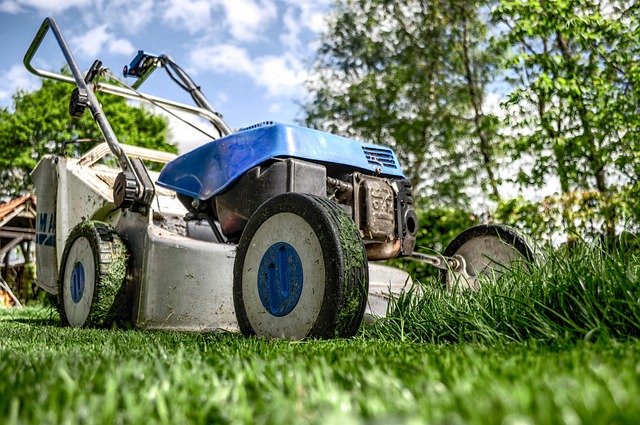Weed Remover: Effective Solutions for a Pristine Garden
A lush, healthy garden is the pride of many homeowners, but persistent weeds can quickly turn a beautiful landscape into an unsightly mess. Weed removers are essential tools for maintaining a tidy and thriving garden. These products come in various forms, from chemical herbicides to manual tools, each designed to tackle different types of unwanted plants. Understanding the options available and how to use them effectively can make all the difference in keeping your garden weed-free and flourishing.

How do chemical weed removers work in the garden?
Chemical weed removers, also known as herbicides, work by interfering with the growth processes of unwanted plants. There are two main types: selective herbicides, which target specific types of weeds without harming surrounding plants, and non-selective herbicides, which kill any plant they contact. Systemic herbicides are absorbed by the plant and circulate throughout its system, while contact herbicides only kill the parts of the plant they touch. When using chemical weed removers, it’s essential to follow the instructions carefully to avoid damaging desirable plants or harming the environment.
What are some effective manual weed removal techniques?
Manual weed removal techniques are often preferred by gardeners who want to avoid chemicals. Hand-pulling is the most basic method, ideal for small areas or isolated weeds. For larger areas, tools like hoes, cultivators, and weed pullers can make the job easier and more efficient. Mulching is another effective technique that involves covering the soil around plants with organic or inorganic materials to suppress weed growth. Additionally, some gardeners use boiling water or vinegar as natural weed killers, although these methods may require multiple applications.
How can mulch be used as a weed prevention strategy?
Mulch is an excellent weed prevention strategy that offers multiple benefits to your garden. By applying a layer of organic or inorganic mulch around your plants, you create a barrier that blocks sunlight from reaching weed seeds, preventing their germination. Organic mulches, such as bark chips, straw, or compost, also improve soil quality as they decompose. Inorganic mulches like landscape fabric or stones provide long-lasting weed suppression. When using mulch for weed control, apply a layer 2-4 inches deep, leaving space around plant stems to prevent rot.
What are the best practices for maintaining a weed-free lawn?
Maintaining a weed-free lawn requires a combination of preventive measures and regular care. Start by mowing your grass at the proper height for your specific grass type, as taller grass shades the soil and prevents weed seeds from germinating. Regular fertilization and proper watering help your lawn grass outcompete weeds. Overseeding bare patches quickly prevents weeds from taking hold. For spot treatment of weeds, consider using selective herbicides designed for lawns or manual removal techniques. Aeration and dethatching can also improve lawn health and reduce weed growth.
How do different weed removal products compare?
When choosing a weed remover, it’s important to consider effectiveness, safety, and ease of use. Here’s a comparison of some popular weed removal products:
| Product/Service | Provider | Key Features | Cost Estimation |
|---|---|---|---|
| Roundup Weed & Grass Killer | Monsanto | Non-selective, systemic herbicide | $20-$30 per gallon |
| Ortho WeedClear Lawn Weed Killer | Ortho | Selective herbicide for lawns | $15-$25 per bottle |
| Fiskars Uproot Weed and Root Remover | Fiskars | Manual tool for deep-rooted weeds | $30-$40 |
| Preen Garden Weed Preventer | Lebanon Seaboard Corporation | Pre-emergent herbicide | $25-$35 per container |
| Flame-weeding Torch | Various | Propane-powered weed killer | $30-$50 |
Prices, rates, or cost estimates mentioned in this article are based on the latest available information but may change over time. Independent research is advised before making financial decisions.
In conclusion, effective weed removal is crucial for maintaining a beautiful and healthy garden. Whether you choose chemical herbicides, manual techniques, or preventive measures like mulching, consistency is key. By understanding the types of weeds in your garden and selecting the appropriate removal methods, you can keep your lawn and garden spaces thriving and weed-free. Remember to always prioritize safety and environmental considerations when choosing and using weed removal products.






